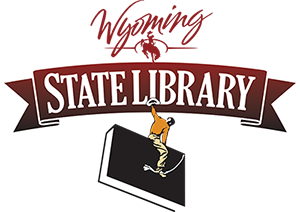Hey, there! Welcome to 2021! We’re glad to see you here. It’s a new year and we’re ready to dive into research methods. Not what you expected to rejuvenate you in 2021? Well, hold on — research methods are actually pretty rad. First, though, what are they?
Research Methods
Research methods are the different ways we can do the research or evaluation. If you’ve already tried out our tips on doing desk research, you may have found that the data you need is just not out there. You’re going to have to collect some data yourself!
What kind of data should you collect? Two very broad categories of data are quantitative and qualitative data. Quantitative data are numbers data and qualitative data are story data. Wait — isn’t all data numbers? Nope! Story data are real!
Quantitative Data: how much or what extent
What kind of information can quantitative data provide? Think about questions that you could answer with a number. Here are some examples from libraries:
- How many books were checked out this month?
- How often did families attend more than one storytime in a month?
- What times for storytime have the highest attendance?
- What percentage of our patrons rely on mobile services for library access?
You can see from the examples that quantitative data can answer questions about how much, how often, what, and to what extent. Quantitative data can often be collected by consulting data you already track within your library or by distributing a survey. This data can generally be collected and analyzed relatively quickly. The downside to quantitative data is that it can’t tell you how or why something is a particular way. If you collect data on how often families attended more than one storytime in a month, you still don’t know why some families came more often. That’s where qualitative data comes in.
Qualitative Data: why or how
What kind of information can qualitative data provide? Think about questions that are difficult to answer with a number. The questions below cover the same topics as the quantitative questions above, but approached in a qualitative way:
- Why are some patrons super-users?
- Why do some families attend storytime once and never return?
- What reasons other than convenience determine whether families attend storytime?
- How do patrons who use the mobile services feel about the library in general?
You can collect some qualitative data on surveys by asking open-ended questions. You also can collect qualitative data from observations, interviews, and focus groups. While it yields detailed information, qualitative data collection and analysis can be complex and time-consuming. These data don’t always yield information that is actionable right away. Going back to our storytime example, if we ask why some families attend storytime once and never return, we may get a lot of different answers and need to spend time looking for common themes.
How to choose?
Now that you know what both types of data could look like, how do you decide what data is the best to collect for a project? Did you notice how those quantitative and qualitative questions matched up on similar topics? That was on purpose! Different types of data can give you insight into different aspects of your evaluation question.
To get the most meaningful results, it’s a great idea to collect both quantitative and qualitative data for your project. They can work together to provide a more complete picture of the topic. An easy way to incorporate both is to create a survey that includes mostly quantitative questions, but also a few key qualitative questions.
Now, is it always realistic that your organization has time and capacity to collect both types of data? Not really, right? That’s ok. The most important thing is to match the kind of data you collect with your evaluation question.
Need help?
The Wyoming State Library offers assistance to Wyoming libraries with data collection, information sources, and more. Learn more on our statistics page.

